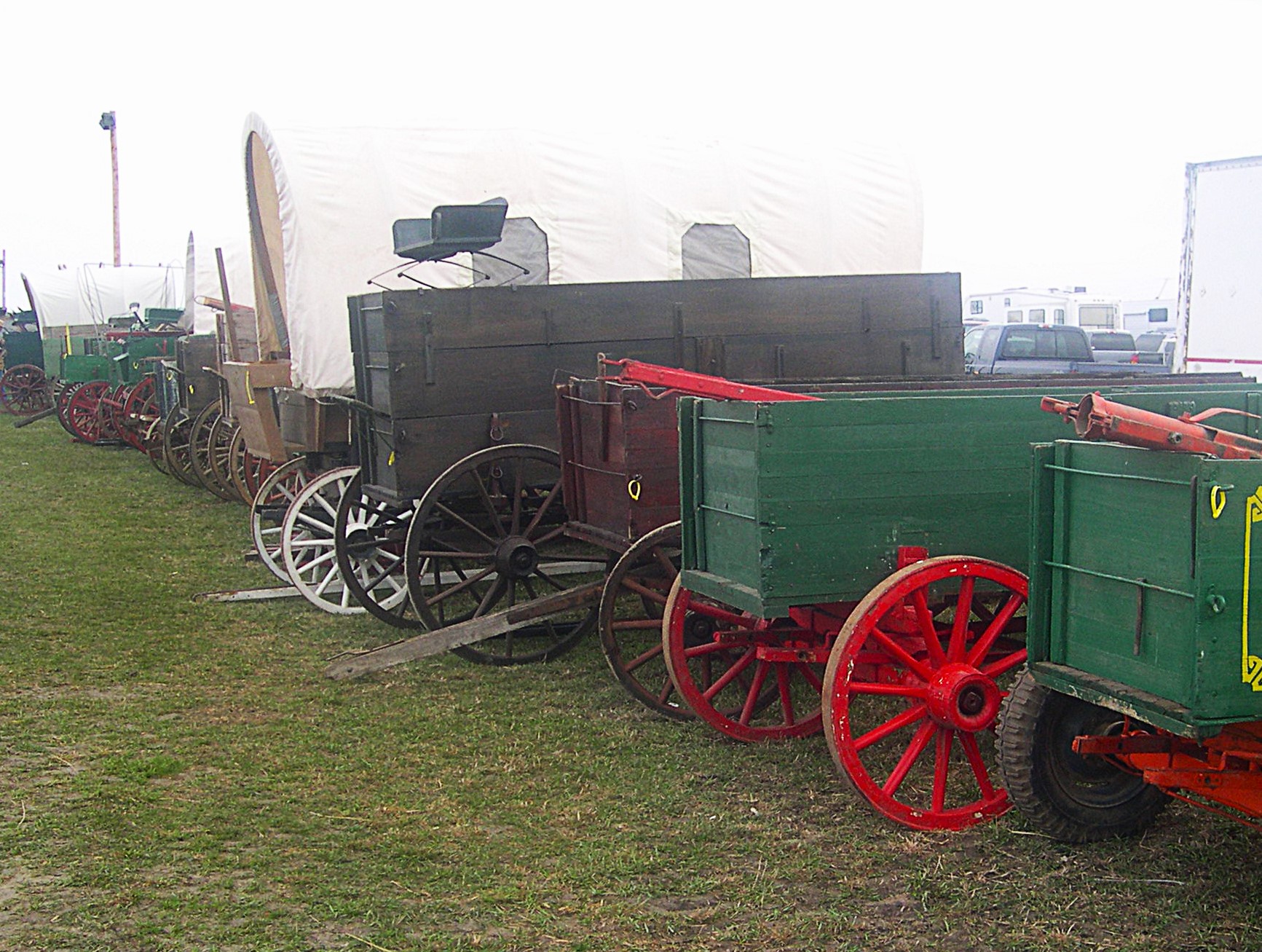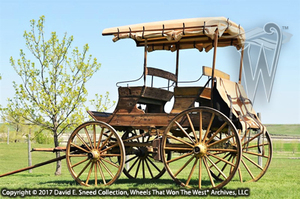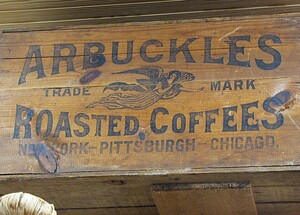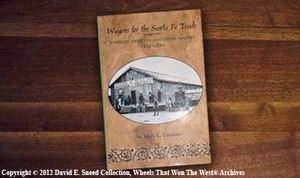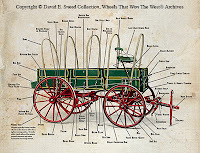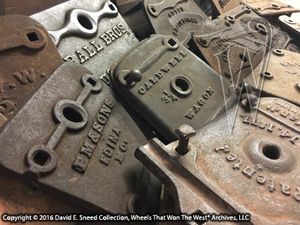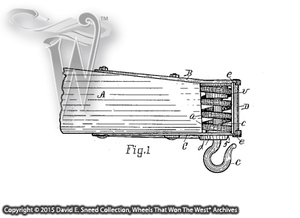Who remembers the hilarious "Surprise, Surprise, Surprise" saying of Gomer Pyle? This week's headline borrows from the same kind of unwelcome shocks that sometimes greet those with historic vehicles. You know what I'm talking about... those unpleasant revelations that most of us wouldn't wish on anyone. We often see this when someone is sold a bill of goods only to discover later that it's not what it was believed to be. How can that happen you say? All it takes is a willing believer. I've seen folks base the age of a vehicle solely on the color used in the repainted finish. It sounds crazy but 'tis true. I've seen running gears with a different forward gear than the rear, the wrong wheels on a gear, rocking bolsters replaced, end gates swapped, and an endless number of mismatched tongues. The level of deliberate counterfeit heritage out there is impressive. Even so, I've dug into the past for so long that I've come to realize that the unsupportable untruth is often preferred over the way things are. I mean, who doesn't want to believe the best about their purchases?
With that said, this post is meant to help combat the challenges of false assumptions while serving as fair warning to protect your hard-earned investment monies. After all, no one likes to make mistakes but there can be silver linings in some of those missteps. In fact, mistakes can be a fast way to learn! Who, after all, wants to re-experience the pulsing jolt of an electrified fence after accidentally touching one of those live wires? Or, who, after falling off an unattended ladder, is quick to climb back up without someone supporting the base. Likewise, who, after hearing his wife complain that he's driving too fast doesn't wish he'd been more attentive when blue lights suddenly fill his rearview mirror? In a similar vein, collectors aren't immune from slip-ups and misjudgments on antique vehicles. Sometimes missteps can happen when vehicles are incorrectly identified or a significant condition issue goes unnoticed. Other gaffes can occur when we listen to advice that's unsupported, even if it seems to make perfect sense.
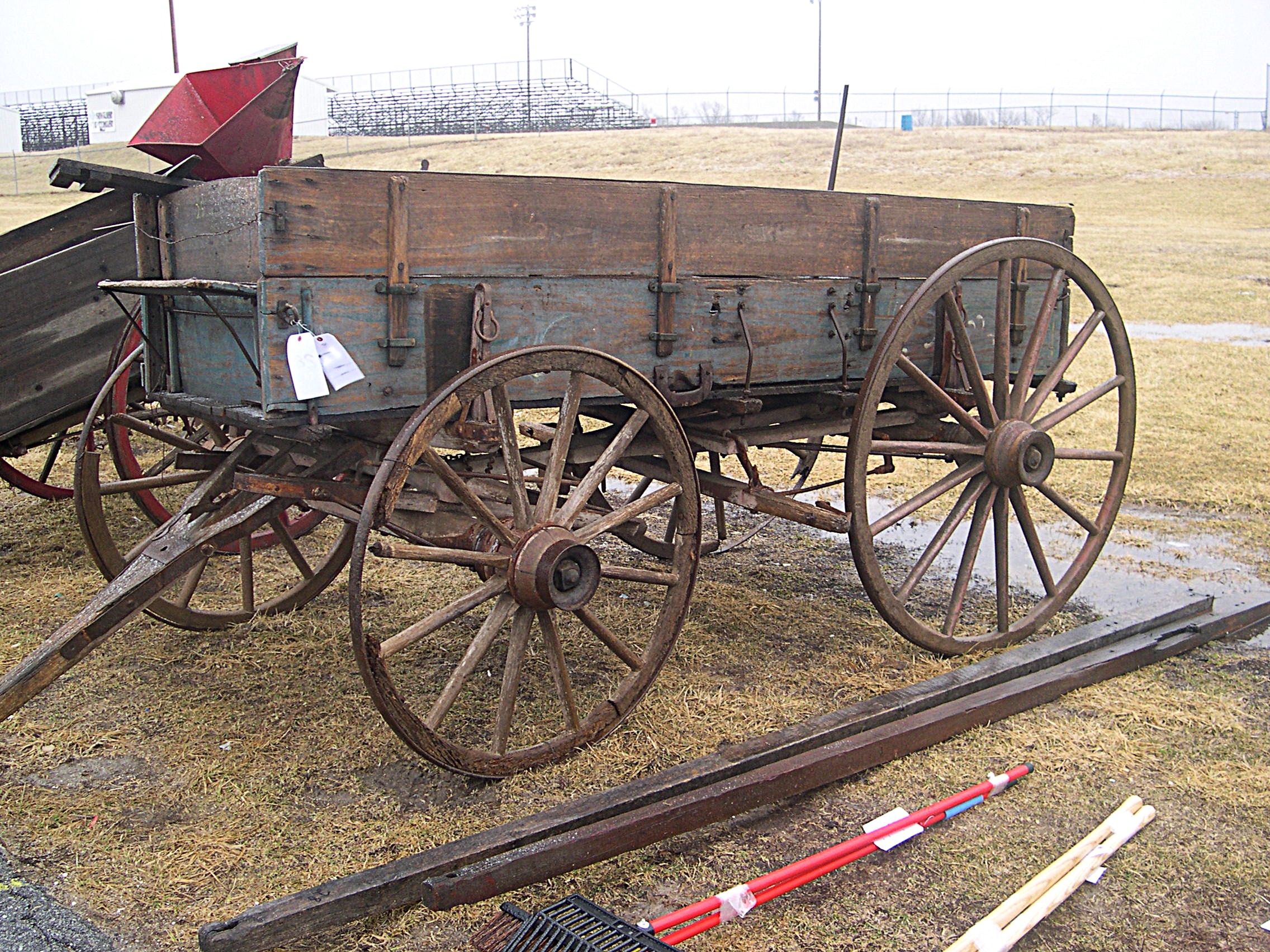
Absent of paint and stampings, early vehicles can still carry significant maker clues. Understanding maker differences can be a huge help when searching for parts or complete vehicles.
As an early vehicle historian, as well as a collector, I constantly see questionable counsel given on many social media sites. Getting to the provable truth on a subject can be overwhelming, especially if there are decades of acknowledgements and attributions given toward a particular belief. To that point, I'm sometimes surprised when I uncover information that's counterintuitive to accepted norms. For instance, if I asked you who made the famous Yellowstone touring stagecoaches, what name would you give? If you said, Abbot-Downing, you'd be (partially) right. These open-sided stages have a distinct look and styling that I've been told existed only in Yellowstone. The problem with that assumption is that I also have photos of these same styles being used as part of California's tourism within Yosemite Park. Are they Abbot-Downing pieces or a knock-off from another builder? Anything is possible when viewed from a distance. However, these very kinds of questions are why we've made it a priority to uncover and preserve some of the rarest and most exclusive photos and documentation from our transportation past. That information is a real bridge to yesterday, giving us firsthand knowledge of the way things were - not necessarily the way we think they were.
Now, back to the builder(s) of the Yellowstone coaches. Up until recently, I would have likely gone along with proclamations of Yellowstone coach designs being built by Abbot-Downing. However, we recently uncovered original maker photos of these same (or highly similar) designs being built by another manufacturer for use in Yellowstone Park. This information tells us we have to get closer than a quick glance to know the maker of a Yellowstone coach that's lost its brand marks. Clearly, history doesn't change, but what we learn can change our perspective. It's why it's important to refrain from absolute terms like 'never' and 'always.'
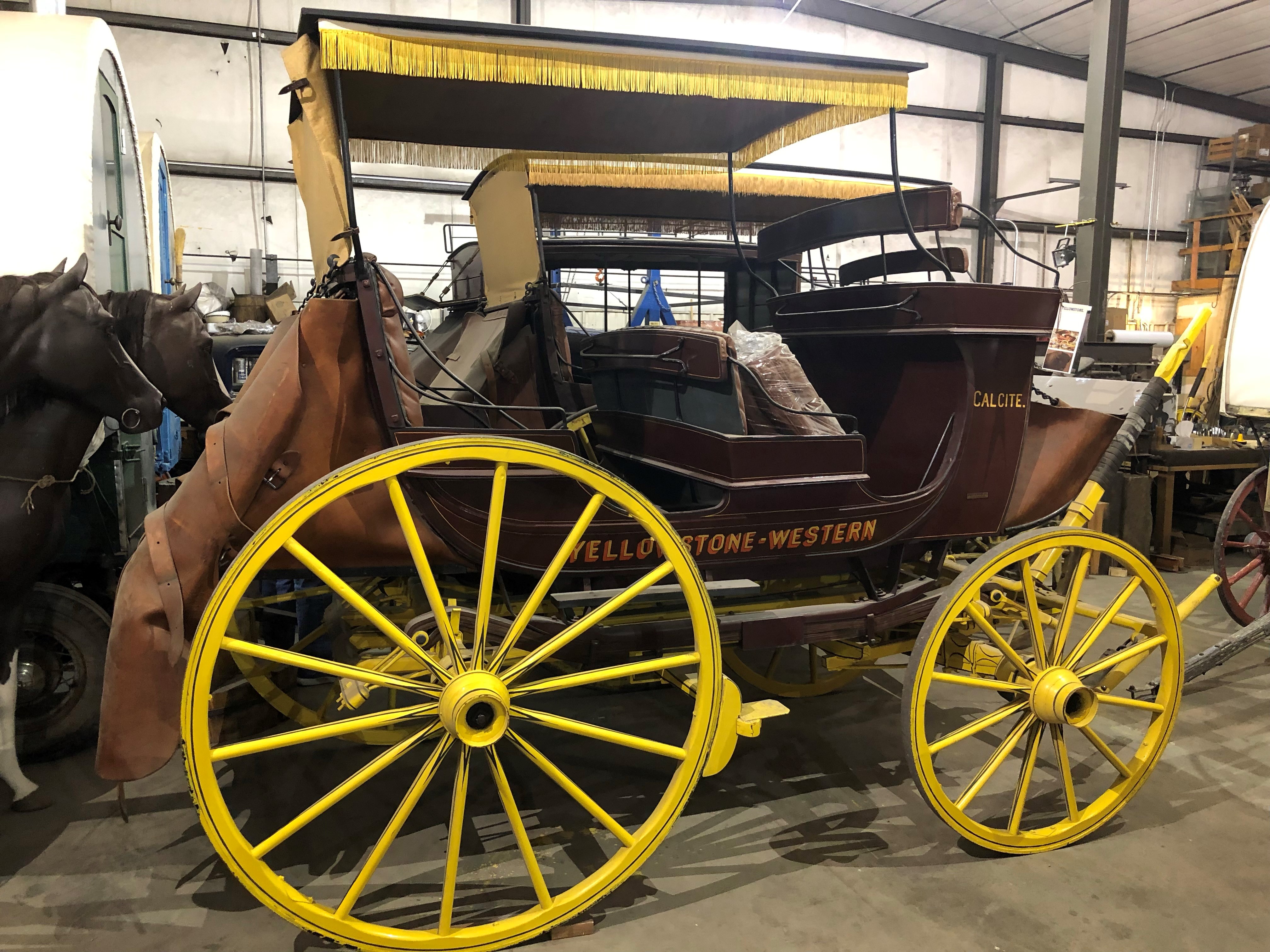
While this image highlights a confirmed and rare Abbot-Downing Yellowstone coach, at least one other maker is known to have manufactured the same or a near duplicate designs for use in Yellowstone National Park.
Along these same lines, in my early days of research, I often met folks that confidently told me the early wagon and carriage-making industry amounted to less than 15,000 builders. This and other similar numbers were apparently taken from census information which, unfortunately, is fraught with opportunity for incomplete accountings. I've discussed this multiple times in past presentations and writings. The numbers - by the industry's own counts - will total many times that of the official censuses.
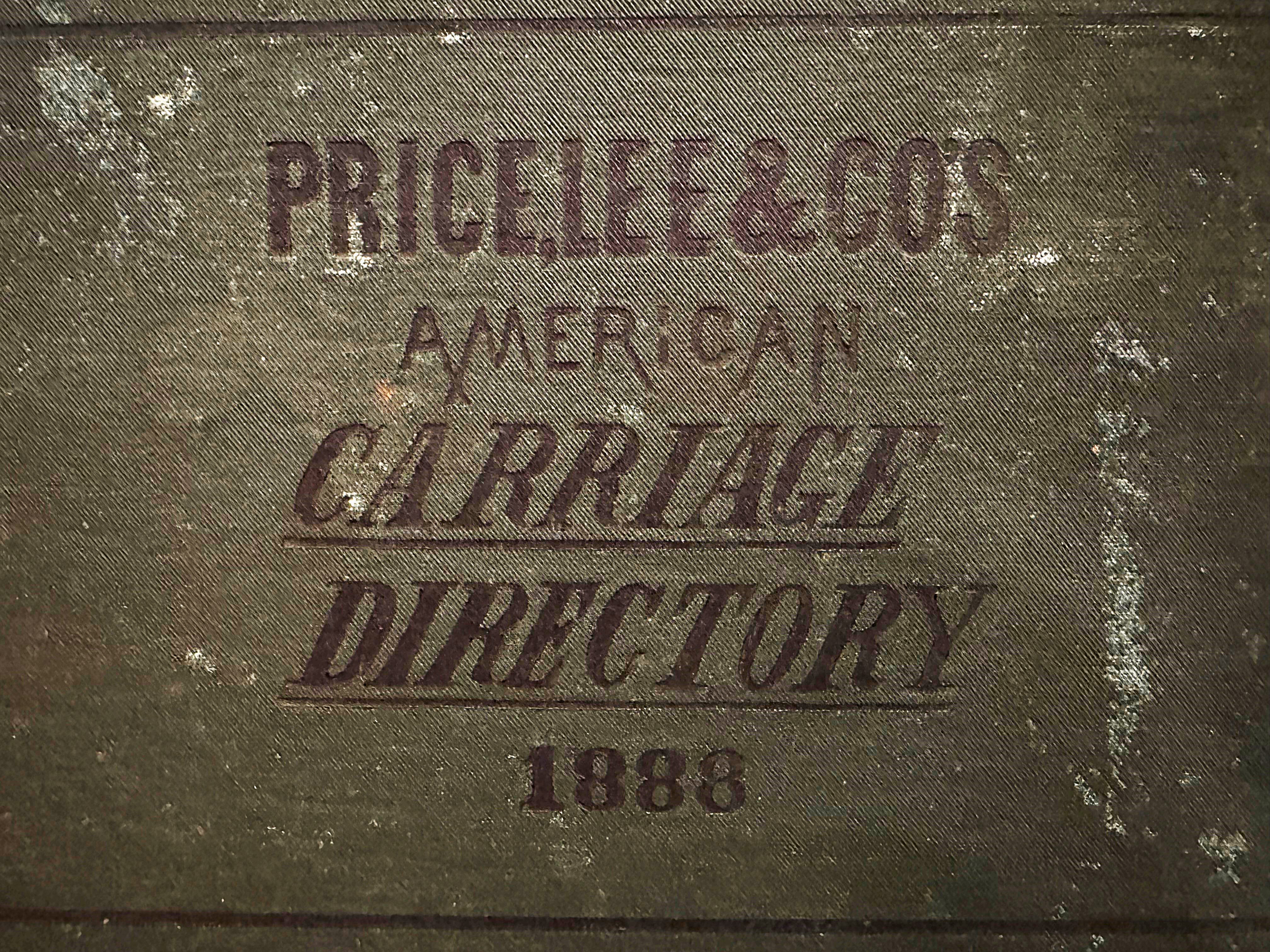
Our Wheels That Won The West® Archives contain volumes of wagon and carriage maker statistics.Yet, it is still one of the most challenging 19th century industries to research.
More surprises can happen when it's assumed that what we see on most surviving wagon brands is the way they looked from the brand's inception. In truth, I'm not aware of a single wagon maker that 'always' designed, built, and painted their wagons exactly the same over a decades-long existence. Instead of being frustrated by these puzzles, the great thing about these differences is that they can help us narrow down manufacturing timeframes while reinforcing or debunking authenticity levels. Again, it's why we've made it a point to acquire so much early literature and photography. In one of my more recent evaluations, I was able to help a gentleman learn more about the date of his wagon by securing catalog confirmations of relatively unfamiliar features.
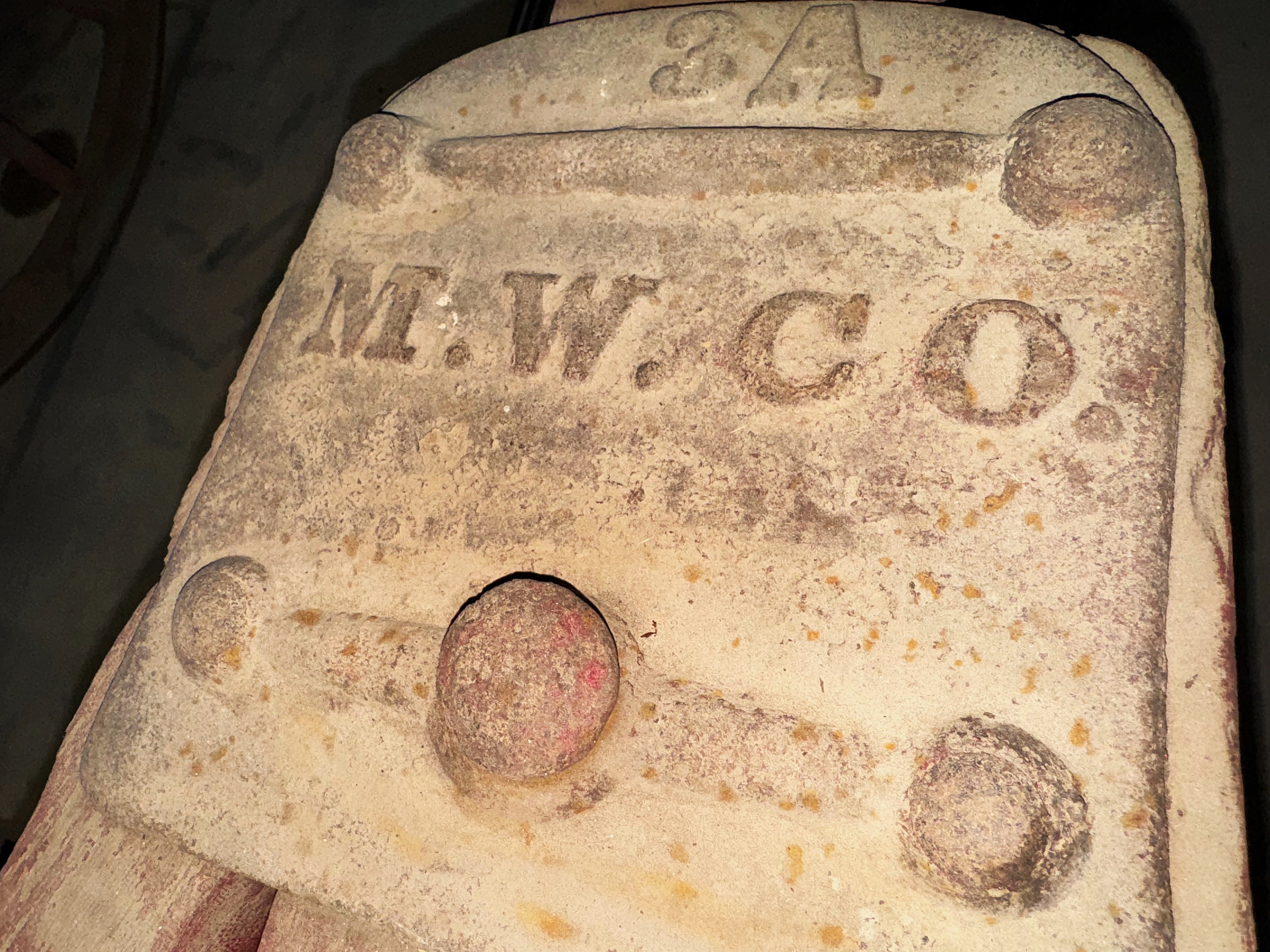
Can you name two wagon makers that used this exact reach plate?
Other unsavory revelations can occur when we don't thoroughly examine the soundness of a vehicle, freely accept unsupported claims, assume that the vehicle is too simple to need an experienced set of eyes to review it, or even get too caught up in 'auction fever.' The surprises carried by most failed assessments can be categorized as at least one side of a two-edged sword. In other words, the mistake has the potential of being a positive or negative discovery, or perhaps a little bit of both. My advice to those looking at investing in an old set of wheels is just this... If you're not 100% sure of something, get wise and skilled counsel. Even if a person is confident, it's quite probable that more can be known. Ultimately, close examination by an experienced evaluator can make all the difference in the long-term satisfaction of your choices. Otherwise, we might as well grab a season or two of Gomer Pyle and learn to welcome the Surprise, Surprise, Surprise!
Proverbs 4:13
